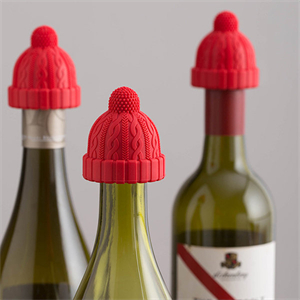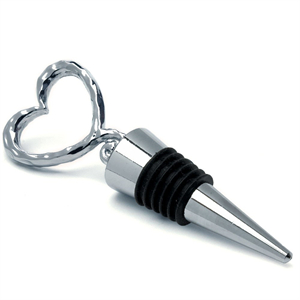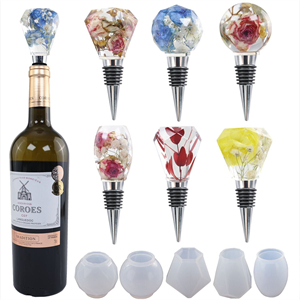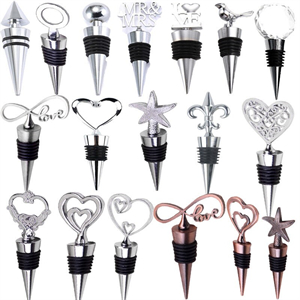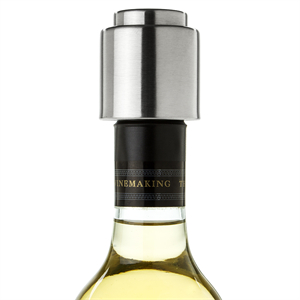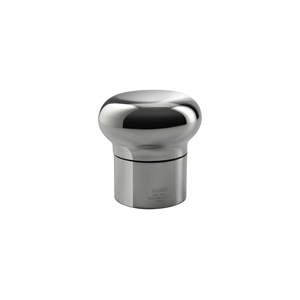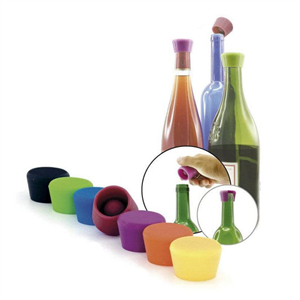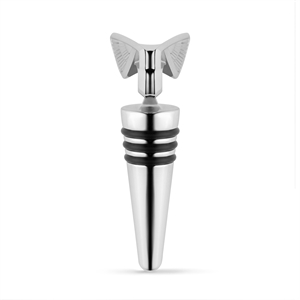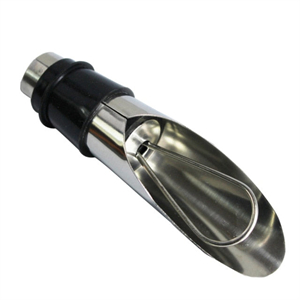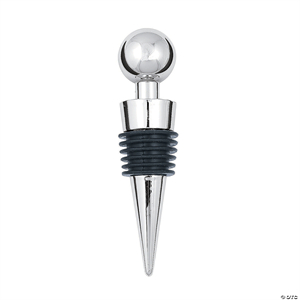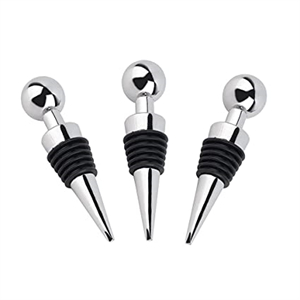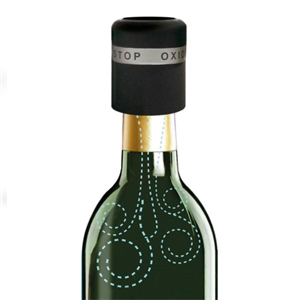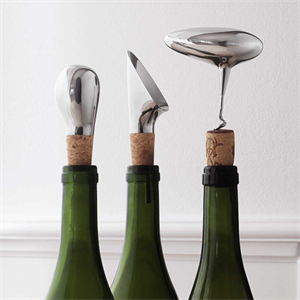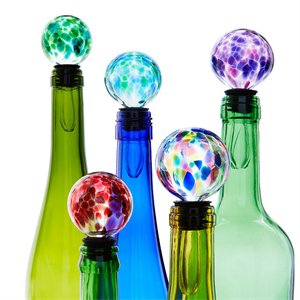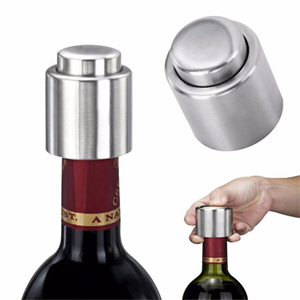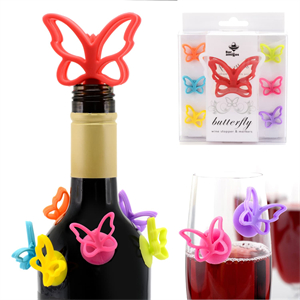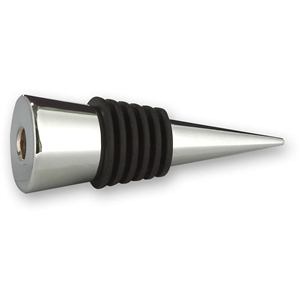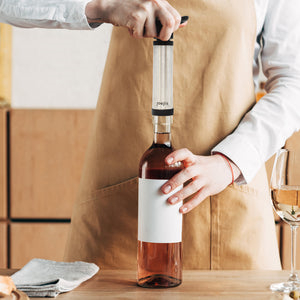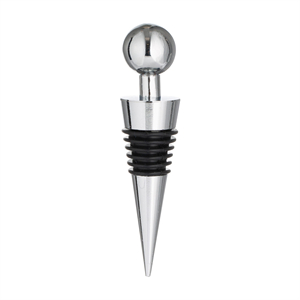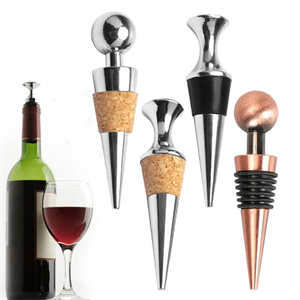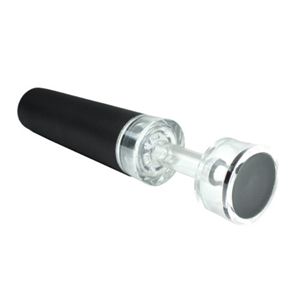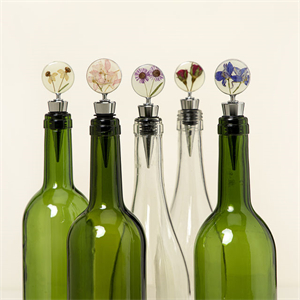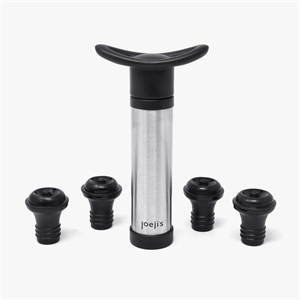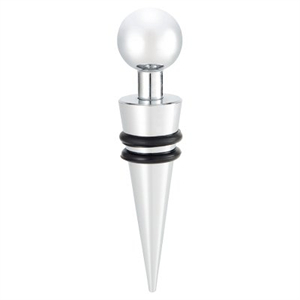Generally refers to wine corks (red wine corks), also known as corks. The wine stopper is used to keep the wine fresh. Using the principle of vacuuming, the red wine is in a vacuum state, so as to achieve the effect of fresh wine storage. A good wine stopper should have a leak-proof function, which can extract the air in the wine bottle with just a few strokes, and must be made of food-grade materials, otherwise it may affect the quality of the red wine. Here introduce:
The types of the wine stopper
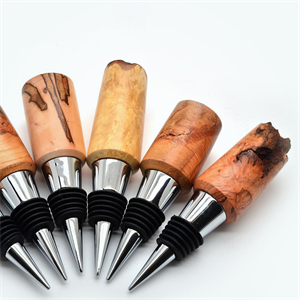
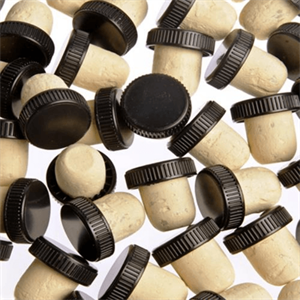
The types of the wine stopper introduce.
Synthetic stoppers, a rubber product, are a common alternative to traditional cork stoppers due to their similarity in shape and function. However, because it can only maintain the antioxidant time of wine for a short time (about 18 months), it needs to be consumed as soon as possible after bottling; although the interference of TCA is avoided, it sometimes leaves some chemical rubber taste on the wine, so it is not recommended to use The impression of the users and drinkers was mediocre.
The screw stopper can achieve a good sealing effect of the bottle mouth, which greatly eliminates the concerns of manufacturers and buyers about “cork smell” and hidden dangers of oxidation. The famous Hogg wine cellar once conducted a 30-month research experiment, comparing the use of natural oak stoppers, synthetic stoppers and Steven’s screw stoppers, and found that the screw stopper has a complete advantage over the first two, although It makes consumers lose the romantic scene of enjoying the bottle, but in comparison, this seems to be far more insignificant than maintaining the quality of the wine. After opening the bottle, you can discover the potential of the wine in the glass to continue to evolve, and the long aroma. And refreshing and pleasant graceful quality, should be more attractive.
The glass stopper, which is composed of glass and a rubber ring inside, avoids wine oxidation and TCA contamination at the same time. The product was introduced to Europe in 2003 and has been used by more than 300 wineries. But there are two main reasons that affect its promotion: the high cost and the cost of 70 cents per bottle for complete manual sealing, and the corresponding filling equipment has not been popularized worldwide.
